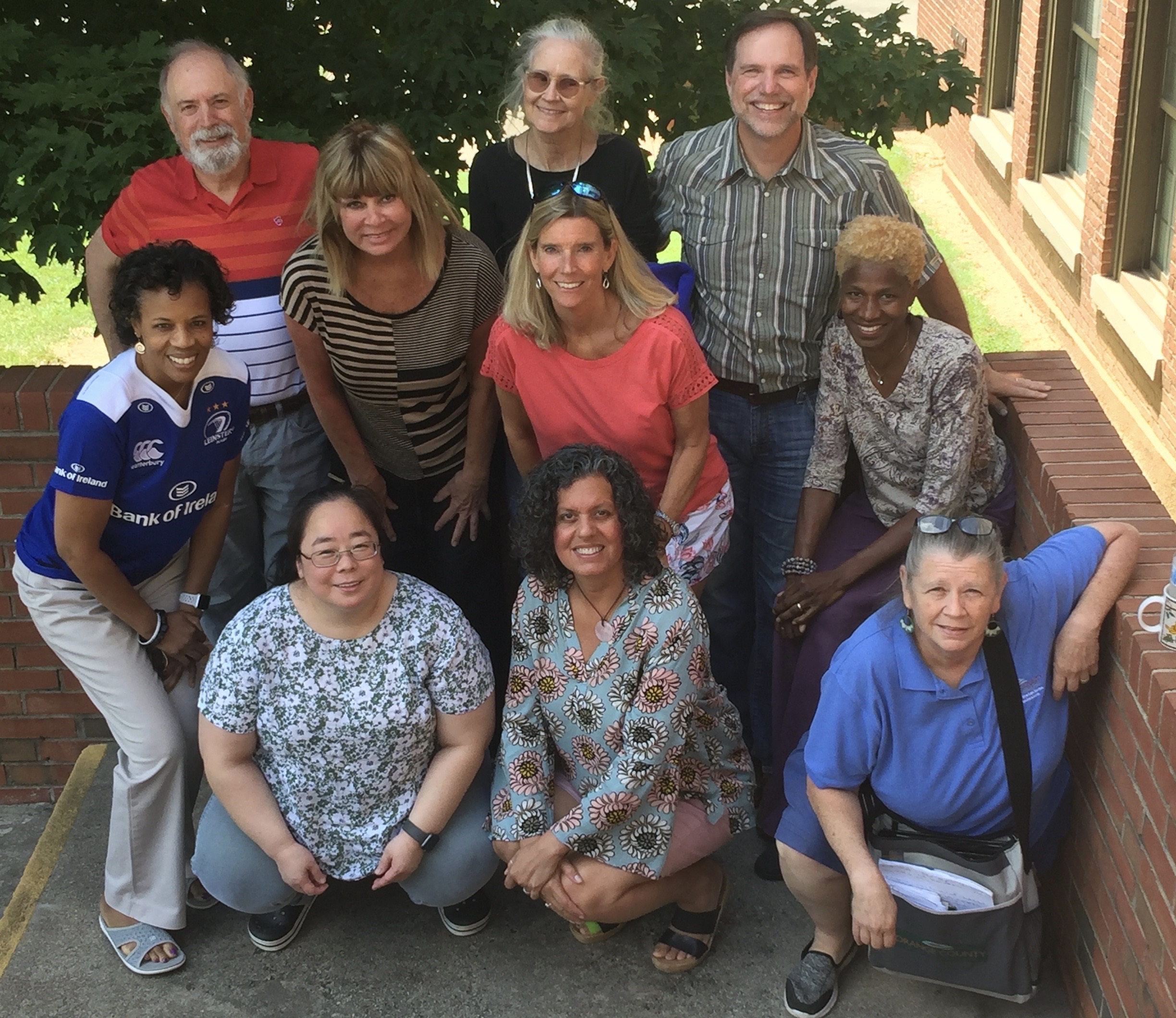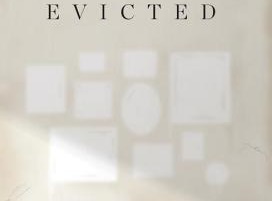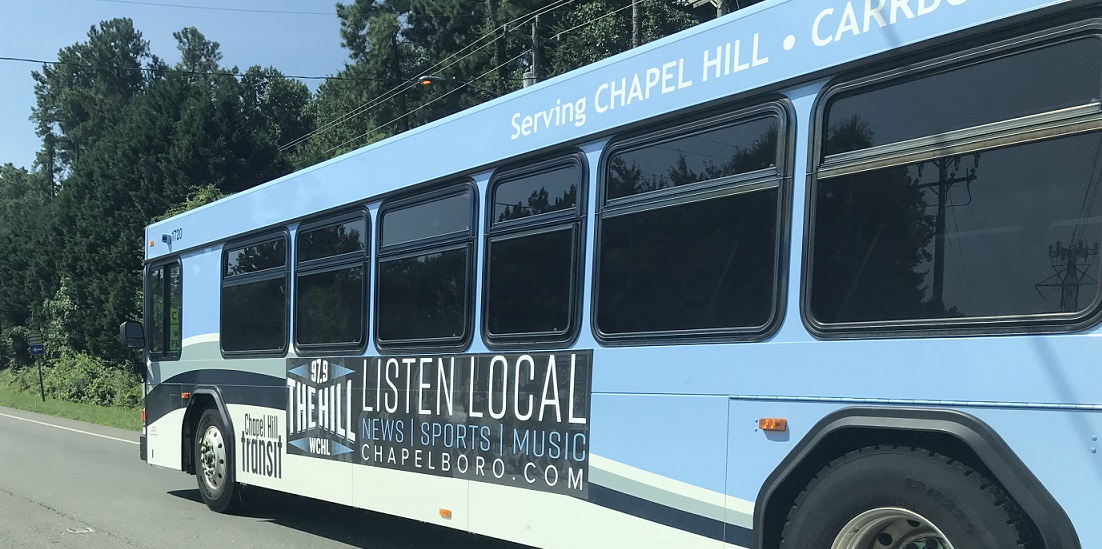The Truth Behind the Numbers: Why Chapel Hill-Carrboro School System Fails Students
By Stephanie Harrell
When reviewing the most recent Racial Equity Report Cards from the Youth Justice Project, it is clear that there is a very disturbing nationwide trend of poor outcomes for students of color. What is even more surprising is that the Chapel-Hill Carrboro (CHCSS) School System fails at a greater rate than the Orange County School System (OCSS) in certain measurements. Far too often, the perception lives on that OCSS is the lesser system, compared to CHCSS. Well, the cat is out of the bag.
Based on the most recent available data (2016-17), the Project’s analysis finds that CHCSS “Black students were 12.9 times more likely than White students to receive a short-term suspension.” This data is in comparison to OCCS schools, whereby “Black students were 3.2 times more likely than White students to receive a short-term suspension.” There are additional measures that illustrate the troubling differences between the academic achievement of brown and black students vs. white students. If students of color are failing, can we honestly state that CHCSS schools are good for all students?
The critical question is why a school system within a county vastly differs from the county schools? Is there something that is uniquely different about how discipline is applied in the two school systems that leads to this disparity? The co-director of the Youth Justice Project, Peggy Nicholson, makes an important acknowledgment:
“They are not necessarily great to comparing school districts to each other,” says Nicholson. “They really are kind of a more snapshot of that school district.”
A snapshot that says a lot about the culture of the schools.
A potential answer for this disparity could be the number of black students represented in the schools. If one district has a larger population of black students then, perhaps, the possibility of short-term suspensions of black students would be higher given the percentage of black students is higher. This approach is statistically simplistic and even if one were to take this approach, OCSS actually has a higher percentage of black students compared to their overall population than does the CHCSS.
Another more revealing explanation may be found in the disciplinary procedures of the two school districts. However, when reading the Code of Conduct from each district, it is interesting to note that the CHCSS Code of Conduct specifically has a matrix of interventions that include non-punitive measures where the OCSS Code of Conduct does not. Interestingly, both school systems are working to implement “restorative justice” policies, whereby the two sides of a conflict come together and work to determine the best outcome for dealing with a violation in the code of conduct. This form of discipline places emphasis on relationships and the understanding of the harm done. Although fairness is a logical and appropriate foundation for “restorative justice,” many school systems still struggle with disproportionate results due to the lack of an examination of racial bias.
Sadly, these disturbing data findings are not new to those who analyze racial matters in the educational system. Most people are even familiar with the term “achievement gap,” which describes inequities in standardized testing and college readiness. It is alarming to know that 16 percent of CHCSS white students are not college ready while 70 percent of black students are not ready. Does anyone care? This travesty occurs in a county where UNC’s School of Education is less than four miles away from any one school in the district. Can we please connect the dots?
Research has shown that when punishments are interpreted as being unfair, and unfairly targeting one group, the over-all climate of the school is more negative, especially if the school doesn’t have a socially inclusive student body. When black students are disproportionately given more short-term suspensions the result may be that the over-all cohesion of a school maybe damaged. Is there any surprise there has been major backlash and calls for change in our CHCSS leadership? Working in a vicious cycle, this targeting of blacks may lead to increased misbehavior, and more aggrieved parents and concerned citizens who challenge CHCSS administration and teachers for better results.
Another effect of this inequity is how it affects our community in the long-term. School suspensions are directly related to adulthood behaviors. That is, research has shown that the impacts of suspension have long-term effects on individuals. It can make people more likely to be incarcerated and even more probable to become victims of crime. So, after years and years of failure why is the reduction of these disparities not a priority for CHCSS? Or is CHCSS administration ill-equipped or unwilling to address this race matter?

HRC Members:
Matt Case, Vice Chair
Ana Garcia-Turner
Stephanie Harrell
Rebecca High
Allison Mahaley
Jackie Podger, Secretary
Joy Preslar
Nora Spencer
Deborah Stroman, Chair
Nancy White
Marc Xavier
Identifying critical issues and asking questions about how to better improve outcomes is not meant as a critique on those who work tirelessly to make the CHCSS a place for the educational enrichment for all students. Rather, while the leadership works on this issue, many people question why there is no sense of urgency to fix this failure and why community members are not brought in to offer alternative solutions and frameworks. Who is afraid of whom? Are we afraid of having success for all? We must address these disparities to help mitigate both present and long-term negative consequences.
The first step may be found in the same procedure that OCCS recently undertook last month with the passing of the Racial Equity plan. It is a wonderful collaborative declaration that acknowledged that there is a systematic race problem within the school system. Initiated by the Hate-Free Schools Coalition, this bold act of courage by OCCS administrators helps the community to further engage in the process to heal and seek innovative strategies. OCCS has made a firm decision to be and do better. In the case of CHCSS it is clear that there needs to be an admission of failure and a common understanding of the current state. Only then can we as a community find meaningful connections, creative resources, and effectively implement solutions so that all students can rise to be the best learners and, ultimately, citizens of our society.
This monthly column is a co-operative effort between Chapelboro and the Orange County Human Relations Commission to recognize and address issues in Orange County and promote the equal treatment of all individuals. The OC HRC works for preservation of justice and dignity, prevention of public and domestric strife and protection of residents’ lawful interests so that everyone can reach their full productive and creative capacities.
Note: Each HRC perspective is the opinion of the writer and does not necessarily reflect the position or values of the entire Human Relations Commission.







